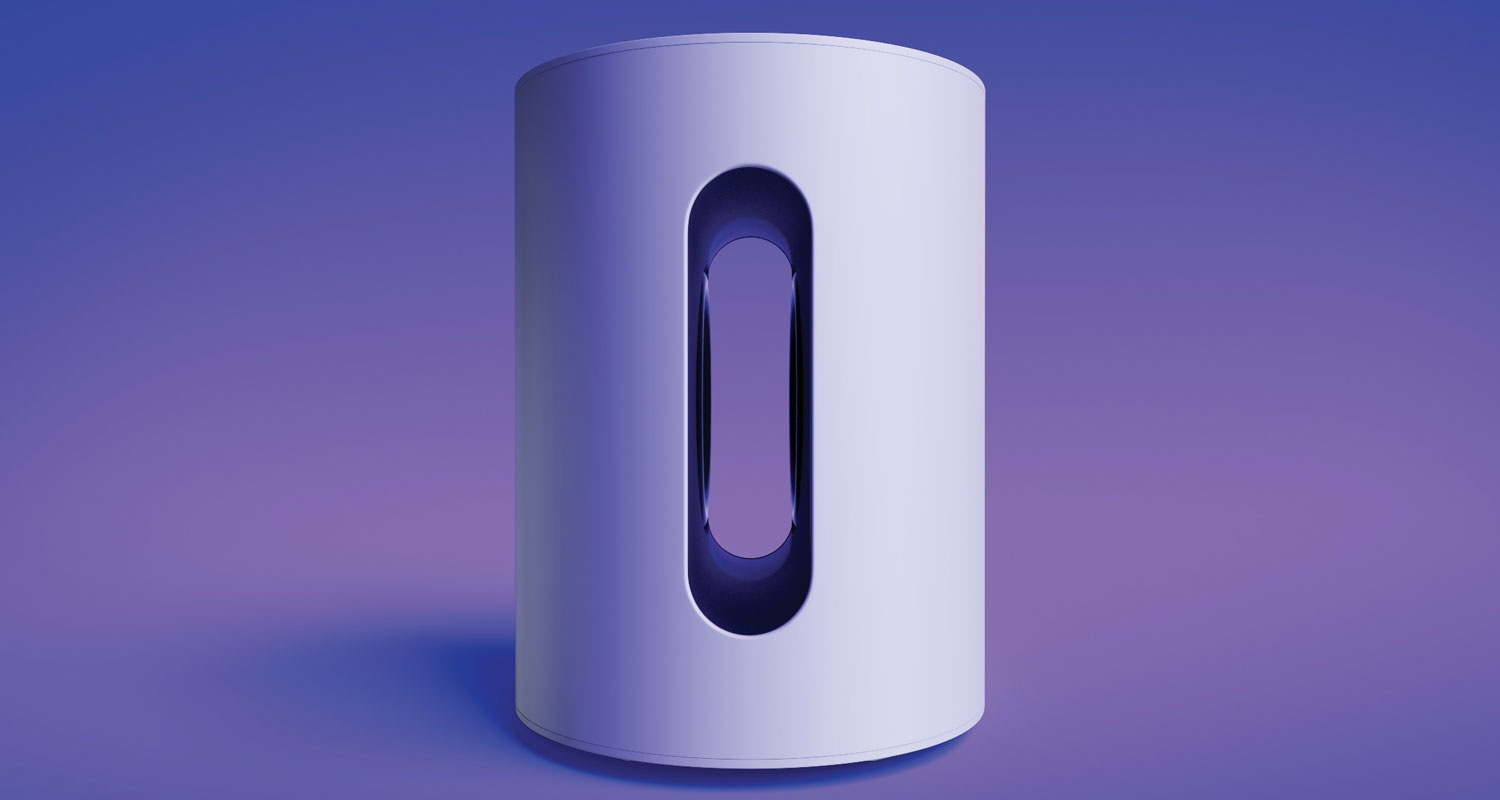
Sonos has a loyal user base for its high-end audio speakers. Unfortunately, a disastrous software launch has angered customers and jeopardised the company’s reputation, and the window to fix the problem is closing rapidly.
The release in May of a new app that controls the speakers was meant to have been the culmination of CEO Patrick Spence’s grand plan to refresh the company’s infrastructure and expand into a greater share of the US$100-billion audio market, of which it estimates it controls less than 2%.
The existing Sonos app was struggling to handle all the demands of the modern-day audiophile, who wants to listen to sound from various sources, both local and in the cloud, across multiple devices and rooms. Spence said “performance and reliability issues” had crept in over time.
It turns out the new app was flawed, though. There’s not enough space in this column to list all of its shortcomings, but here’s a few: sound drops in and out; volume blasts high and can’t be adjusted; devices “disappear” in the app, seemingly at random. The most basic features, like setting a sleep timer or alarm, are missing, according to tech site Engadget. “My push for speed backfired,” Spence said.
In a business like specialist audio, trust can be extremely hard to win back. Now Spence, who has been in charge for some 12 years, most likely has just months to save the company’s future.
On Tuesday, the former Blackberry executive threw himself into the lion’s den: an “ask me anything” session in the Sonos subreddit, where more than 250 000 Sonos owners gather. They are a loyal bunch, spending thousands of dollars to outfit their homes with the latest gear. They are power users and evangelists. Their patience is being severely tested.
‘Losing my mind’
One user described his speakers making a “horrible, high-pitched shrieking sound in the middle of the night that terrified my entire family and dogs”. Another said: “We can no longer use our brand-new Sonos system out of fear of the volume suddenly changing to 100%.” Another customer, speaking it seemed for many: “I am losing my mind.”
Taking questions, Spence quickly put one issue to rest. The company wouldn’t be reverting back to the old Sonos app while the new app was being straightened out. “After doing extensive testing, we’ve reluctantly concluded that re-releasing S2 would make the problems worse, not better,” he wrote. “I’m sure this is disappointing. It was disappointing to me.”
Read: Sonos plans huge overhaul of its product portfolio
Past the point of no return, the company has said the problem would take at least $20-million to $30-million to fix. The app debacle has meant slower sales of existing products, and two products that had been scheduled to launch imminently are being held back. As a result, the company reduced its top-end revenue forecast for its fiscal year to $1.5-billion from $1.7-billion. It is laying off 100 people — around 6% of its staff.
Does it stop there? Since the new app was first launched, Sonos’s stock has fallen more than 35%. Its market cap of about $1.4-billion makes it a vulnerable minnow among those that seek to compete, like Google, Amazon.com or Apple, all of which have invested in smart speaker products. Bose, another competitor, is privately held, and there are a few other smaller players.

What all of these competitors lack, experts say, is Sonos’s expertise in multiroom setups, which is a deal-breaker for many consumers. This advantage, says Jeffries analyst Brent Thill, means that if the problems can be solved in the next couple of months, consumers will be forgiving and Sonos will be right back on track. Software meltdowns are not uncommon, Thill argues — just ask CrowdStrike. The question is how quickly Sonos can get it rectified.
Damning word of mouth is building fast, with powerful sites like the New York Times’s Wirecutter recently withdrawing endorsements. Any conscientious buyer dipping into audio forums will be left in no doubt about the challenges Sonos is facing. A cursory survey of my friends and colleagues revealed deep frustration and pledges to never buy another Sonos product again. I’m sure my inbox will be filled with many more today. (For what it’s worth, I don’t own any Sonos products, in case you thought this was a last-gasp attempt at getting some tech support.)
“We’re doing everything we can to put all of these issues behind us in time for the important holiday season,” Spence told investors, who so far haven’t called for his head, though that won’t last if he can’t straighten things out. “Stubborn bugs” have been “identified” and there is an “action plan” to solve them, he said. That better happen quickly before users abandon Sonos for good. — Dave Lee, (c) 2024 Bloomberg LP




